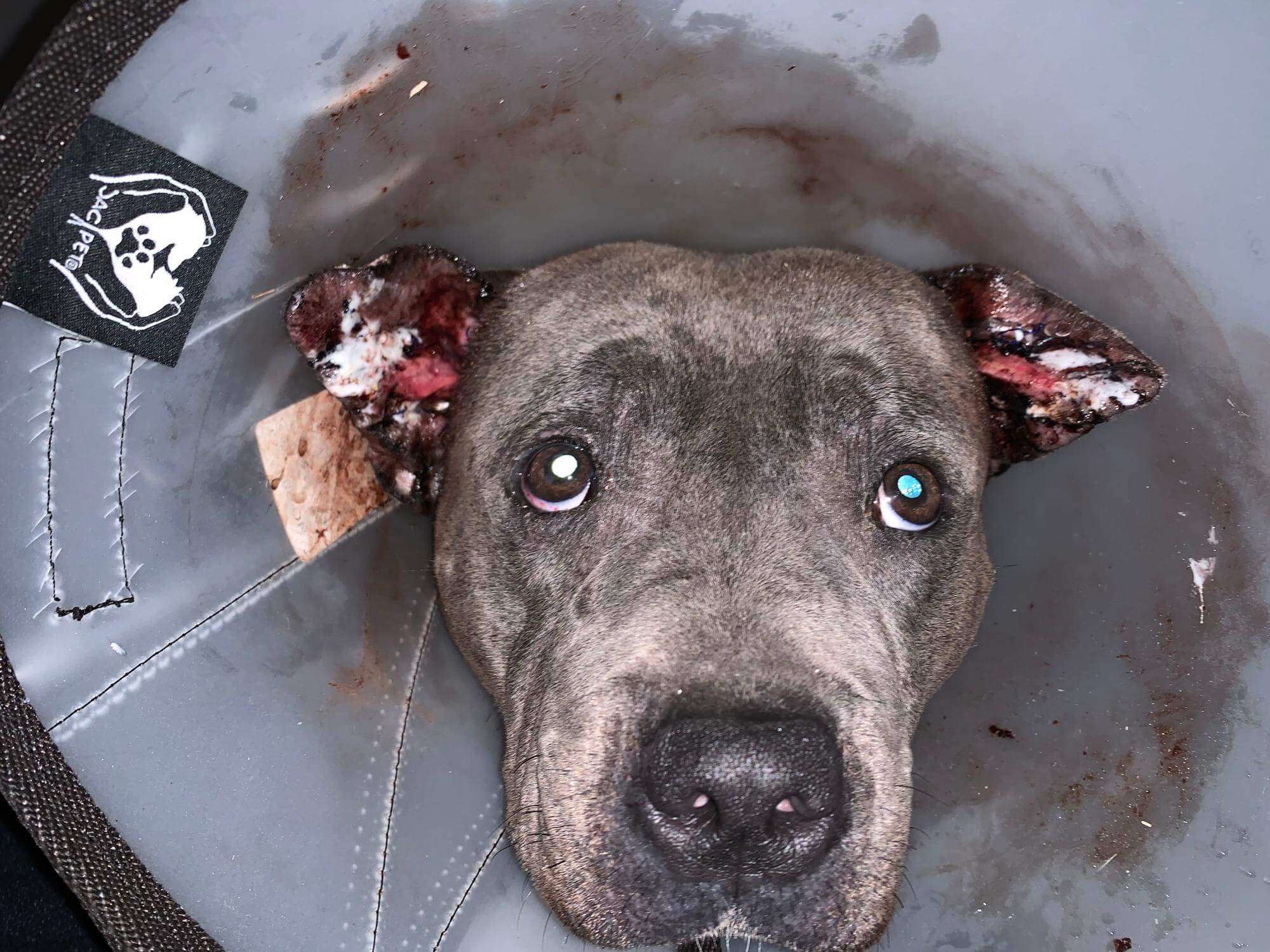Urinary tract infections in dogs are prevalent, particularly in females. Pay attention to symptoms to ensure early diagnosis and treatment. Find out more in our blog post.
İçerik Tablosu
- 1 Can dogs get urinary tract infections?
- 2 How can I tell if my dog has a urinary tract infection?
- 3 What causes urinary tract infections in dogs?
- 4 How are urinary tract issues diagnosed?
- 5 What does a urinalysis check for?
- 6 How are urinary tract problems treated in dogs?
- 7 What can happen if a dog’s urinary tract problems are left untreated?
Can dogs get urinary tract infections?
The answer is yes, dogs can have urinary tract infections (UTIs). Urinary tract infections are very prevalent in dogs.
Dogs with a urinary tract infection typically try to urinate outside and may want to go out frequently. They may also have trouble urinating or cry out in pain while doing so. Sometimes blood can be found in their pee. Although there may not be visible blood, a urine test is likely to reveal blood.
Dripping urine or frequent licking of the genital area can potentially be signs of a urinary tract infection in dogs. Urine with a strong odor and even dark color may indicate that your dog has gotten an infection.
Urinary tract infections in dogs typically occur when germs migrate up the urethra (the tube through which urine departs the body) and into the bladder. Urine in the bladder is sterile, but when bacteria enter it, they can grow and multiply, resulting in an infection. Furthermore, some dogs may develop bladder stones in conjunction with urinary tract infections, which can lead to other health problems.
How can I tell if my dog has a urinary tract infection?
It might be difficult to tell if your dog is in pain, and your dog may not exhibit any symptoms of discomfort. However, several signs can help you determine whether there is an issue with your dog’s urinary tract.
- Blood and/or cloudy urine
- Straining or whining while urinating
- Accidents in the house
- Increased need to go outside
- Licking around the urinary opening
- Strong odor in urineIncrease in amount or frequency of urination
- Fever
- Lethargy
- Increased thirst
- Vomiting
- Changes in appetite
- Weight loss
- Severe back pain
What causes urinary tract infections in dogs?
There are many potential causes of urinary tract issues, such as:
- Bladder inflammation or infection
- Stress
- Stones, crystals, or debris in the bladder or urethra
- Inability to hold urine due to excessive drinking or weak bladder
- Trauma
- Prostate disease
- Congenital abnormalities
- Spinal cord abnormalities
- Cancer
Urinary tract diseases are particularly common in older female canines and those with diabetes. Dogs with bladder stones are more likely to develop these difficulties. Additionally, all breeds and genders may be affected.

How are urinary tract issues diagnosed?
A veterinary visit is required to diagnose urinary tract infections. Your veterinarian will conduct a physical examination, including an examination of the kidneys and bladder. They will very likely also perform a urinalysis. Depending on the results, additional tests such as urine culture, blood tests, ultrasound, or radiography may be required.
These tests will assist your veterinarian in determining whether your dog’s urinary problems are the result of a UTI or an underlying ailment, such as stones, cancer, or tumors, as mentioned above.
What does a urinalysis check for?
When a dog shows symptoms of a urinary tract infection, the veterinarian will do a urinalysis. There are several urinary disorders that might resemble the symptoms of a UTI, therefore this test is essential. A urinalysis provides crucial information about the urine and involves the following tests:
- Urine specific gravity: Indicates how well the dog is concentrating their urine.
- pH: Certain pH levels can signal infection or other issues.
- Ketones: The presence of ketones in urine or blood tests is a sign of changes in energy metabolism.
- Glucose: Sugar in the urine is typically a sign of diabetes.
- Bilirubin: A substance produced when red blood cells are broken down.
- Blood
- Protein
This method can also detect the presence of red blood cells, white blood cells, germs, and crystals. For example, if crystals are seen in your urine, your veterinarian may order X-rays or an abdominal ultrasound to rule out bladder stones.
How are urinary tract problems treated in dogs?
Once the veterinarian has determined the underlying cause of the problem, they will develop a treatment plan for your dog. The optimum treatment will be determined by the underlying cause of the symptoms.
After your dog is diagnosed, your vet may recommend the following:
- Primarily antibiotics,
- Dietary changes,
- Increased water intake,
- Urine acidifiers or alkalizers,
- Surgery to remove bladder stones or tumors,
- Surgery to correct a congenital abnormality.
f the vet determines that the urinary issues stem from an underlying condition, they will first focus on treating that cause.
Antibiotics are the traditional treatment for UTIs in dogs, but your veterinarian may also prescribe pain relievers because UTIs may be extremely painful for dogs. If antibiotics are ordered, make sure to administer the entire dose as directed, even if your dog appears to be feeling better, to ensure that the infection is completely resolved and to help avoid recurrence.

What can happen if a dog’s urinary tract problems are left untreated?
Untreated lower urinary tract abnormalities in dogs can lead to major medical complications. In addition to discomfort, untreated infections can cause partial or full urethral obstruction, slowing urine flow and resulting in toxic waste buildup.
Obtaining a precise diagnosis can help you understand how to manage your dog’s urinary tract difficulties and ensure that no other underlying conditions require therapy.





Most Read Articles
Colour Dilution Alopecia in English Staffordshire Bull Terrier
The English Staffordshire Bull Terrier’s coat and skin condition indicate its general health. A healthy...
Apr
Fungal Infections in Dogs: Symptoms and Psychological Effects
Fungal infections in dogs can have a serious influence on their health. In this post,...
Sep
Urinary Tract Infections in Dogs: Symptoms and Treatment Methods
Urinary tract infections in dogs are prevalent, particularly in females. Pay attention to symptoms to...
Jun